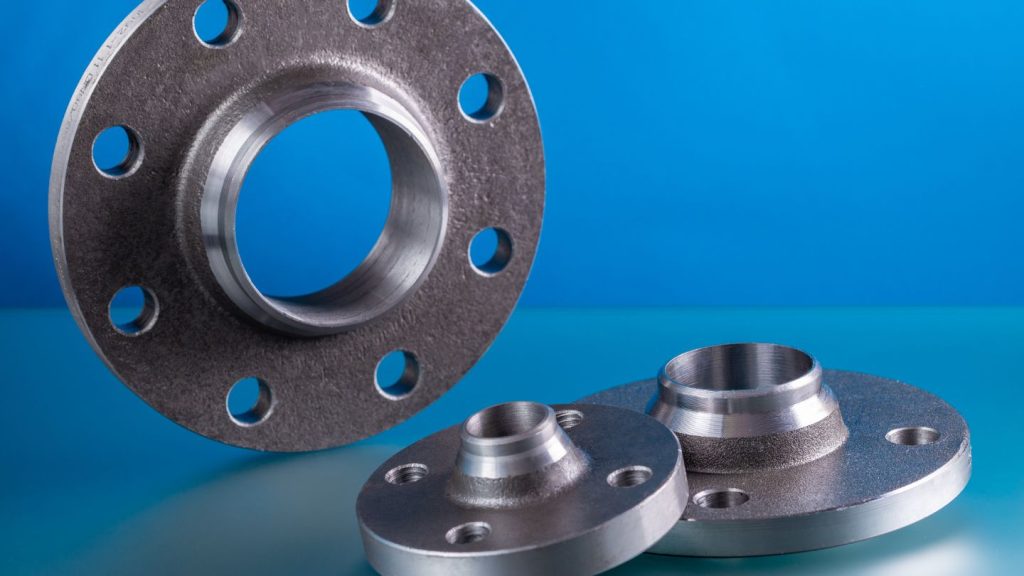Forged steel fittings and components are essential parts of countless industrial systems, forming the backbone of piping, pressure containment, and structural frameworks in sectors ranging from oil & gas and power generation to construction and heavy manufacturing. Recognized for their superior strength, reliability, and durability compared to cast or machined alternatives, forged steel pieces remain crucial in high-stress, high-pressure, and high-temperature environments.
In this article, we’ll explore what makes forged steel fittings unique, how they’re made, their main types and uses, and the latest innovations influencing this industry.
What Are Forged Steel Fittings and Components?
Forged steel fittings are pipe fittings and structural parts produced by shaping steel under high pressure — typically using hydraulic hammers, presses, or dies — in a process known as forging. This process aligns the grain structure of the steel, resulting in products with exceptional mechanical and metallurgical properties, including improved strength, impact resistance, and fatigue life.
Manufacturing Process of Forged Steel Products
The forging process for steel fittings and components typically follows these key steps:
- Heating: Steel billets or bars are heated to a specific forging temperature (usually between 950°C – 1250°C).
- Forging/Shaping: The heated steel is pressed, hammered, or rolled into the desired shape using dies or molds.
- Trimming: Excess material (flash) is removed to achieve precise dimensions.
- Heat Treatment: The forged piece undergoes processes such as quenching and tempering to optimize strength, ductility, and toughness.
- Machining: Final machining (threading, drilling, surface finishing, etc.) ensures the exact fit and required surface quality.
- Inspection: Stringent quality checks (including NDT, dimensional checks, and hydraulic tests) confirm compliance with industry standards.
Key Advantages of Forged Steel Fittings
- Superior Strength: Forging refines grain flow and structure, increasing strength and toughness.
- Enhanced Reliability: Fewer internal defects (like voids or porosity) compared to casting.
- Better Performance in Extreme Conditions: Ideal for high-pressure, high-temperature, and critical safety applications.
- Longer Service Life: Greater fatigue and impact resistance extends component lifespan.
- Customizability: Forged components can be tailored by shape, size, and material for specific project needs.
Main Types of Forged Steel Fittings and Components
- Socket Weld Fittings
- Used for small diameter, high-pressure piping (e.g., elbows, tees, couplings).
- Threaded Fittings
- Common in low-pressure pipes and temporary systems; available as unions, plugs, reducers, and more.
- Flanges
- Forged steel flanges (weld neck, slip-on, blind) enable safe joining of pipes, valves, and equipment.
- Forged Valves and Valve Parts
- Valves forged from steel ensure tight seals and toughness under severe conditions.
- Structural and Custom Components
- Shafts, rings, discs, gears, and blocks forged for cranes, machinery, turbines, and heavy equipment.
Applications of Forged Steel Fittings
- Oil & Gas and Petrochemical: Pipelines, refineries, and transfer lines (due to high pressure, corrosion resistance).
- Power Generation: Boiler lines, turbines, and nuclear power plants.
- Construction: Structural joints, bridges, heavy machinery frames.
- Water & Wastewater: Pump stations, valves, distribution systems.
- Marine & Aerospace: High-stress joints, landing gear, and propeller shafts.
Recent Trends & Innovations
- Use of Advanced Alloys: Adoption of duplex stainless steel, high-nickel alloys, and corrosion-resistant materials for aggressive environments.
- Precision Forging & Automation: Robotics and CNC controls improve quality, consistency, and efficiency.
- Non-Destructive Testing (NDT): Sophisticated ultrasonic, magnetic, and radiographic testing is now standard for ensuring reliability.
- Sustainability: Modern forges recycle waste heat and optimize material usage to cut environmental impact.


